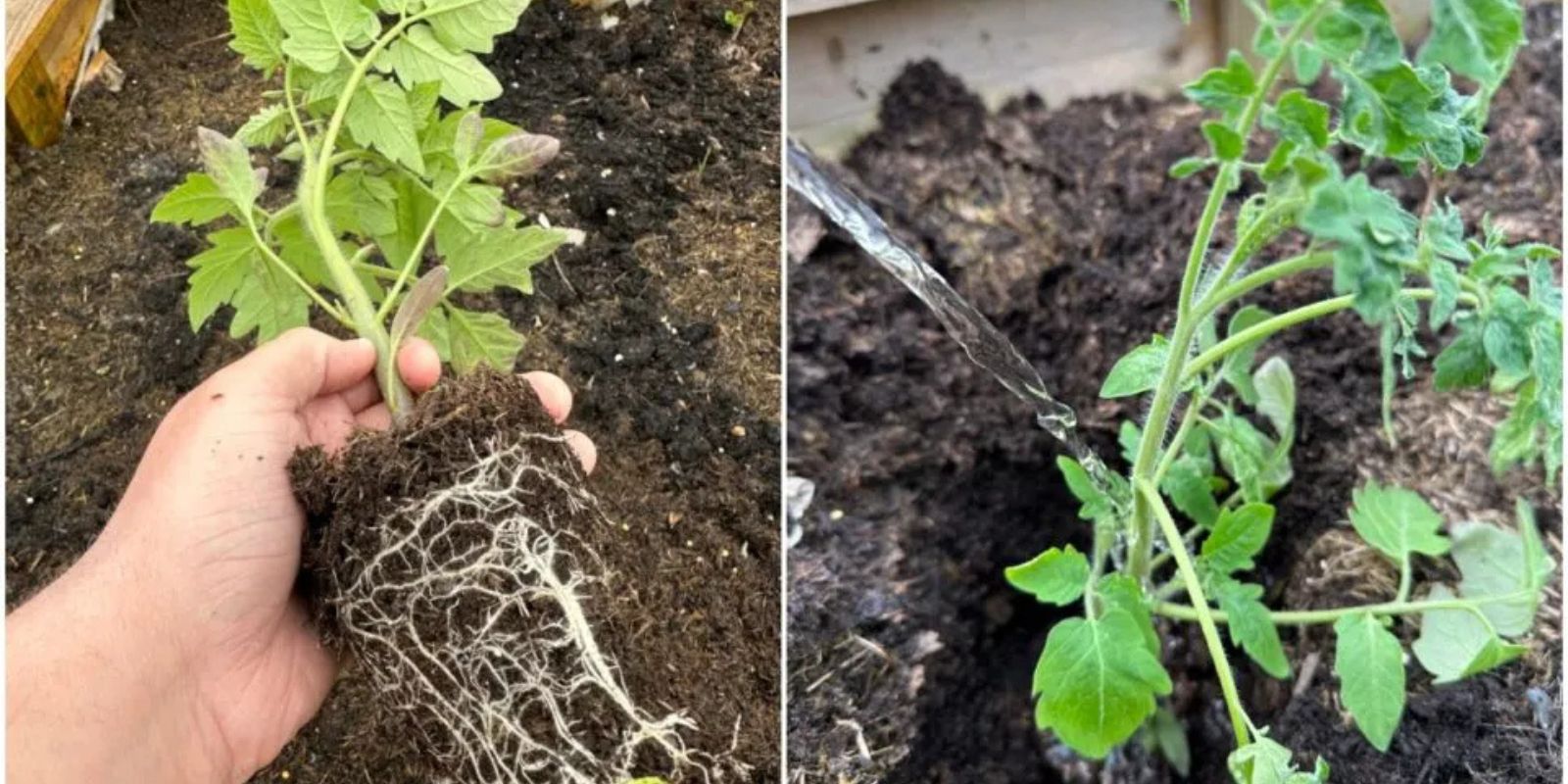Tomatoes are among the most rewarding plants to grow, offering fresh, juicy fruit that enhances any meal. Yet, even experienced gardeners often stumble upon common pitfalls that hinder their harvests. Whether you’re a beginner or a seasoned grower, avoiding these seven key mistakes will ensure your tomato plants thrive and yield bountifully. In this comprehensive guide, we’ll explore these errors in detail and provide expert advice to help you achieve a garden full of vibrant, healthy tomatoes.
1. Planting Too Early
Timing is critical when it comes to planting tomatoes. Many gardeners get excited and sow their seeds or transplant seedlings too early in the season. Tomatoes are warm-weather crops that thrive in soil temperatures above 15°C (60°F). Planting too early, especially in cold or frosty conditions, can shock the plants, stunt their growth, or even kill them.
Solution:
- Use a soil thermometer to ensure the soil is warm enough for planting.
- Wait until the last frost date has passed in your region before transplanting.
- For an early start, grow seedlings indoors 6-8 weeks before the last frost and transplant them when conditions are optimal.
2. Skipping Proper Support
Tomatoes grow quickly and can become unruly without adequate support. Many gardeners overlook this step early on, leading to plants that sprawl on the ground. This makes them vulnerable to pests, diseases, and damage from wind or heavy fruit.
Solution:
- Use cages, stakes, or trellises to keep plants upright and organized.
- Install supports when you plant your tomatoes to avoid disturbing the roots later.
- Regularly tie plants to their supports as they grow for added stability.
3. Overwatering
Watering is essential for healthy tomato plants, but overwatering can lead to root rot, fungal diseases, and nutrient leaching. On the other hand, inconsistent watering can cause issues like blossom-end rot and fruit splitting.
Solution:
- Water deeply but less frequently, ensuring the topsoil dries out slightly between waterings.
- Aim for 1-2 inches of water per week, adjusting for rainfall and climate.
- Use drip irrigation or soaker hoses to deliver water directly to the roots, reducing evaporation and preventing wet foliage.
4. Ignoring Pruning
Tomato plants left to grow unchecked often produce excessive foliage, which diverts energy from fruit production. Neglecting to prune also reduces airflow, increasing the risk of fungal diseases like powdery mildew and blight.
Solution:
- Regularly remove “suckers” (the small shoots that grow between the main stem and branches).
- Trim yellow or dead leaves to keep plants healthy.
- Be cautious not to over-prune, as this can leave plants exposed to sunscald.
5. Crowding Plants
Tomatoes need room to grow and breathe. Planting them too close together leads to competition for nutrients and sunlight while also creating a humid environment that encourages disease.
Solution:
- Space plants at least 24-36 inches apart, depending on the variety.
- If you’re growing in containers, choose large pots (at least 18 inches in diameter) for adequate root space.
- Maintain proper airflow by avoiding overplanting and by pruning as needed.
6. Neglecting Mulch
Mulching is a simple yet often overlooked step that can dramatically improve the health of your tomato plants. Without mulch, soil can dry out quickly, weeds can overtake your garden, and plants are more susceptible to temperature fluctuations.
Solution:
- Apply a 2-3 inch layer of organic mulch (such as straw, wood chips, or grass clippings) around the base of plants.
- Keep mulch a few inches away from the stem to prevent rot.
- Mulching also helps prevent soil from splashing onto leaves, reducing the spread of soil-borne diseases.
7. Using the Wrong Fertilizer
Tomatoes are heavy feeders and require the right balance of nutrients to thrive. Fertilizers high in nitrogen encourage leafy growth at the expense of flowers and fruit, leaving you with lush plants but little to harvest.
Solution:
- Use a balanced fertilizer or one higher in phosphorus and potassium to promote flowering and fruiting.
- Feed plants regularly, starting with a slow-release fertilizer at planting time, followed by liquid feeds every few weeks.
- Test your soil before planting to understand its nutrient composition and amend it as needed.
Bonus Tips for a Thriving Tomato Garden
To further enhance your tomato-growing success, consider these additional tips:
- Companion Planting: Grow basil, marigolds, or garlic near tomatoes to deter pests and boost plant health.
- Rotation: Avoid planting tomatoes in the same spot every year to reduce soil-borne diseases.
- Harvest Timing: Pick tomatoes when they’re fully colored but still firm for the best flavor and to encourage continued production.
Common Signs of Stress in Tomato Plants
Understanding the signs of stress can help you address problems early:
- Yellow Leaves: Often a sign of overwatering, nutrient deficiencies, or disease.
- Curled Leaves: May indicate environmental stress, pest infestation, or over-fertilization.
- Cracked Fruit: Caused by inconsistent watering or rapid growth during wet weather.
Conclusion: Grow Your Best Tomatoes Yet
Growing tomatoes successfully involves a blend of knowledge, patience, and attention to detail. By avoiding these seven common mistakes—planting too early, skipping support, overwatering, ignoring pruning, crowding plants, neglecting mulch, and using the wrong fertilizer—you’ll set your plants up for maximum health and productivity.
Whether you’re dreaming of fresh summer salads, homemade sauces, or simply the joy of harvesting your own produce, a little care and effort go a long way. Have your own tomato-growing tips or experiences? Share them in the comments below—we’d love to hear from you!
Join the Conversation
💬 What’s your biggest tomato-growing challenge? Let’s discuss in the comments!

